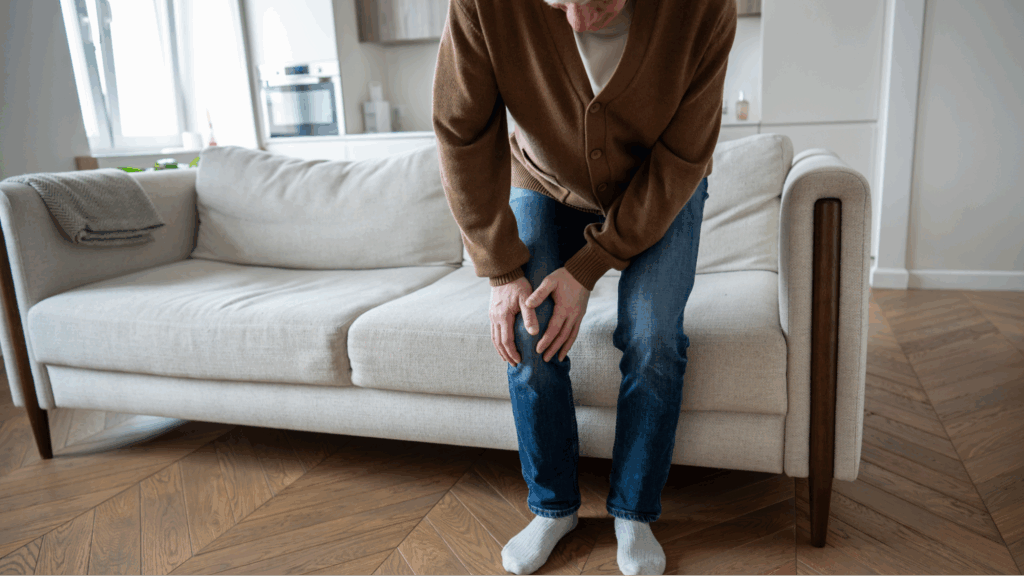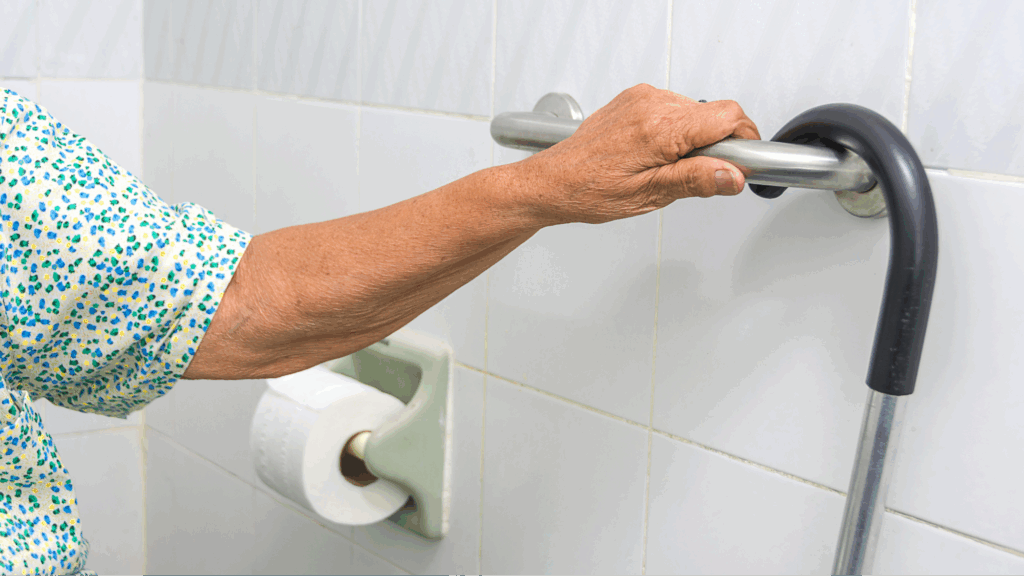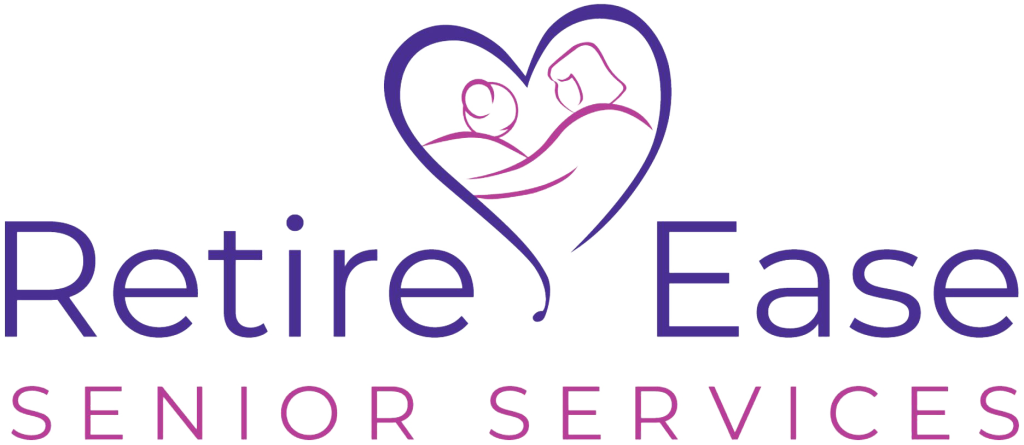Celebrating 23 years of caring while reminding families that fall risks can be prevented, when it comes to caring for an aging loved one, few decisions are as challenging as determining whether they should remain in their home or transition to a senior living facility. The decision is often compounded by concerns over safety, especially fall risks. For families juggling caregiving responsibilities, it’s easy to feel overwhelmed by the uncertainty and emotional weight of ensuring their loved one’s well-being. This is particularly important during September, which marks Fall Risk Month.
Fall risks can often feel like an invisible threat, but the reality is that falls are one of the leading causes of injury and hospitalizations among seniors. As life expectancy increases, many seniors wish to stay in their homes for as long as possible. Understanding the importance of fall risk awareness can empower families to make informed decisions, ultimately helping loved ones age gracefully and safely in the comfort of their own home.
The Importance of Fall Risk Awareness

September serves as a reminder that falls are a serious issue for seniors. In fact, according to the Centers for Disease Control and Prevention (CDC), one in four older adults falls each year, and falls are the leading cause of both fatal and non-fatal injuries. For many seniors, even a minor fall can lead to significant health complications, including fractures, head injuries, and a decline in mobility.
Several factors contribute to fall risks in older adults, such as physical limitations, balance issues, medications, and even environmental hazards. Age-related conditions like arthritis, osteoporosis, and vision problems can make it more difficult to maintain stability. Medications, especially those for blood pressure, depression, or sleep disorders, can cause dizziness or affect coordination. Additionally, cluttered environments or poor lighting in the home can significantly increase the risk of tripping or falling.
Understanding these risks is the first step in preventing falls. Seniors and their caregivers must work together to recognize potential hazards and take proactive measures. This awareness is key to making the home a safer place, and it can help families feel more confident in their ability to manage care at home.
Tips for Fall Prevention & Senior Safety

Creating a fall-proof home starts with simple yet effective modifications. Small changes can make a big difference in improving safety and preventing accidents. Here are some valuable tips for reducing fall risks:
- Home Modifications for Safety:
- Remove rugs or secure them with non-slip pads, as they can easily cause tripping.
- Install grab bars in bathrooms, especially near the toilet and in the shower, to offer extra support when getting in and out.
- Ensure there is adequate lighting in all rooms, hallways, and staircases, and use night lights to brighten dark areas.
- Physical Activity and Mobility:
- Regular exercise can greatly reduce the risk of falls. Strengthening muscles and improving balance through activities like walking, tai chi, or light stretching can help seniors maintain their mobility and prevent falls.
- Encourage seniors to stay active in a safe and controlled way, with guidance from a healthcare provider or physical therapist if necessary.
- Medication Management:
- Some medications can cause dizziness or impair balance, making it important to regularly review them with a healthcare provider. Keeping track of any side effects and adjusting medications as needed can help minimize fall risks.
Incorporating these tips into daily life can provide significant protection for seniors, helping them live independently while minimizing the dangers of falls.
Choosing Between In-Home Care or Senior Living

For families facing the dilemma of whether to keep their loved one at home or move them into a senior living facility, it’s important to understand the unique benefits of in-home care. Many seniors express a desire to remain in their homes, surrounded by familiar faces and environments. However, balancing the desire for independence with the need for assistance can be difficult for families.
RetireEase’s 23rd anniversary this month serves as a reminder of the vital role in-home care plays in providing personalized, compassionate support for aging adults. For over two decades, RetireEase has helped families across Columbia, Lexington, North East Columbia, Winnsboro, West Columbia, St. Andrews, Irmo, Richland, Seven Oaks, and Red Bank keep their loved ones safe, comfortable, and independent in their own homes. By offering tailored care that addresses each senior’s individual needs, whether it’s mobility assistance, meal preparation, or medication reminders, RetireEase helps seniors remain in familiar surroundings while staying protected from fall risks.
In-home care can be a more affordable and comfortable alternative to moving into a senior living facility, especially when there is a focus on fall prevention, socialization, and mental well-being. For families who are unsure of the best option, a simple consultation can help assess whether in-home care is a suitable solution.

Ensuring Safety and Independence for Seniors
Making the decision to keep a loved one at home or move them to a senior living facility can be overwhelming. In-home care provides a personalized approach that allows seniors to maintain their independence while receiving the support they need, especially when it comes to fall prevention. With the right care, seniors can continue to live in the comfort of their own homes, surrounded by familiar faces and environments, all while minimizing the risks associated with aging.For families seeking a solution that combines safety, comfort, and dignity, in-home care remains a valuable option. Contact RetireEase to schedule a consultation and learn how in-home care can support your loved one’s safety, comfort, and independence. Take the first step toward ensuring they receive the compassionate care they deserve, reach out today.
